Ducted Wind Turbine
Ducted wind turbines, also known as shrouded turbines, are a specialized type of wind turbine designed to enhance performance by channeling airflow through a duct or shroud. When integrated into buildings, they are typically positioned on top of tall structures to maximize exposure to high wind speeds and minimize obstructions.
Key Features of Ducted Wind Turbines
- Aerodynamic Design:
A duct or shroud encases the turbine blades, guiding and accelerating the airflow toward the rotor. This design increases the wind speed reaching the blades, improving energy output compared to conventional open-air turbines. - Placement on High Buildings:
By positioning ducted turbines on top of tall buildings, they benefit from stronger and less turbulent wind flows found at greater altitudes. - Obstruction Avoidance:
The duct helps reduce the impact of nearby obstructions, such as adjacent buildings, by focusing and stabilizing the airflow toward the turbine.
Advantages of Ducted Wind Turbines
- Enhanced Efficiency:
The duct design increases the velocity of the wind reaching the blades, which can lead to higher energy yields compared to traditional open-rotor turbines. - Reduced Noise:
The shroud helps to contain and direct the airflow, reducing the noise typically associated with wind turbines, making them more suitable for urban environments. - Safety and Durability:
The enclosed design protects the blades from external debris and extreme weather conditions, improving the durability and safety of the turbine. - Architectural Integration:
Ducted turbines can be designed to blend seamlessly with modern building architecture, contributing to both functionality and aesthetics.
Applications
- High-Rise Buildings:
Ideal for skyscrapers and tall buildings in urban areas where wind speeds are higher and space is limited. - Urban Renewable Energy Projects:
Commonly used in urban settings to provide localized renewable energy solutions. - Hybrid Energy Systems:
Often paired with solar panels in building-integrated renewable energy projects to maximize energy generation.
Challenges
- Cost and Complexity:
The aerodynamic design and integration into building structures can increase installation and manufacturing costs. - Site-Specific Optimization:
Ducted turbines require careful placement and design to ensure optimal performance, considering factors like wind direction, building shape, and surrounding obstructions. - Maintenance:
While the enclosed design protects components, accessing the turbine for maintenance in high-rise installations can be challenging.

